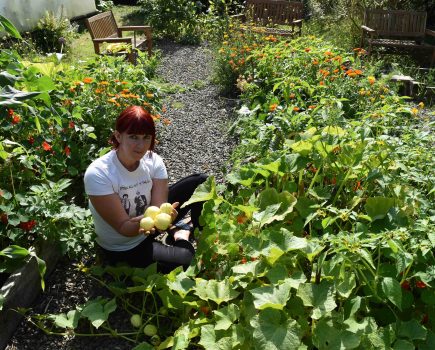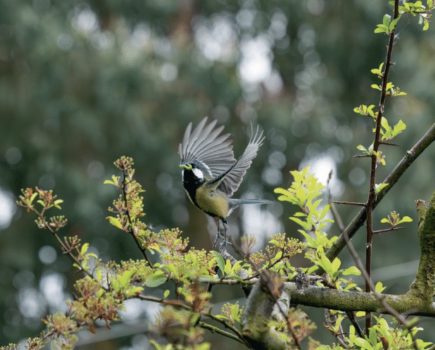Jules Moore answers more reader queries about bees

Over the summer, colonies grow at an alarming rate and this is the point at which timing and vigilance are at their most critical if you want to maximise your honey crop and you don’t want to lose your bees in a swarm.
Q: My two colonies both swarmed last year and now I have five hives. I have a busy full-time job and don’t have time to look at them as often as I think I should. I am wondering if I have taken on too much.
Jules says: These bees belong to a friend of mine, whose queens are neither marked nor clipped. Doing this helps you to manage your hives more efficiently in the time available and going through five hives can be quite time consuming.
If a queen is marked, it makes her infinitely easier to spot and if you are worried about the colony swarming, this will help you to find her quickly, particularly in a big, overgrown colony, which is the classic candidate for swarming.
Clipping the queen’s wings means that if the colony does swarm they will come back as the queen will be unable to fly and will fall to the ground. At least then, although you will have lost your queen and will have a break in the laying whilst the new queen hatches and is mated, you will at least have hung on to your workers.
Another reason for clipping the queen’s wings is prevent your bees from being a nuisance if they swarm. Every year, I get dozens of phone calls from householders with bees hanging in their trees, occupying their compost bins and worst of all, bunging up their chimneys. Thus does the reputation of beekeepers no favours. Also, make sure your bees have plenty of space. If you open up your hive and the top box (super or brood chamber) looks at least two thirds full of bees (not honey), you need to add a super. This will help to prevent swarming.
Q: I get very confused about the different methods of artificially swarming my bees and am worried that I may not have time to work it out if they start to swarm.
Jules says: There can be quite a lot to remember, particularly if you only do it once a year. If, as you go through your hive you find queen cells which are either polished, occupied or already sealed, you need to find out if your old queen is still in situ. The main aim of an artificial swarm is to separate the queen from the majority of the flying bees, however you do it.
Make sure you have a nucleus box ready to hand. Keep it filled with frames so that you can swop these for the ones you remove from the main hive. If the queen is still there, catch her and either leave her on a frame or pop her in a cage in your pocket. Once you have caught her, the bees will stay put and you can pause for breath and think through your plan. Keep a queen cage (or matchbox or jam jar) in your pocket or tool box, so that you can whip it out at a moment’s notice. If you leave the queen on a frame, make sure you put it into a separate box where she is isolated from the main hive. If I do this, I still put her in a cage, but use a press-in one so that she is captured on the frame. Now you can plan your method of artificially swarming and decide what to do with all those queen cells.
Jules Moore runs beekeeping courses. See www.mumbleysfarmhouse.co.uk
Image(s) provided by:
Archant







